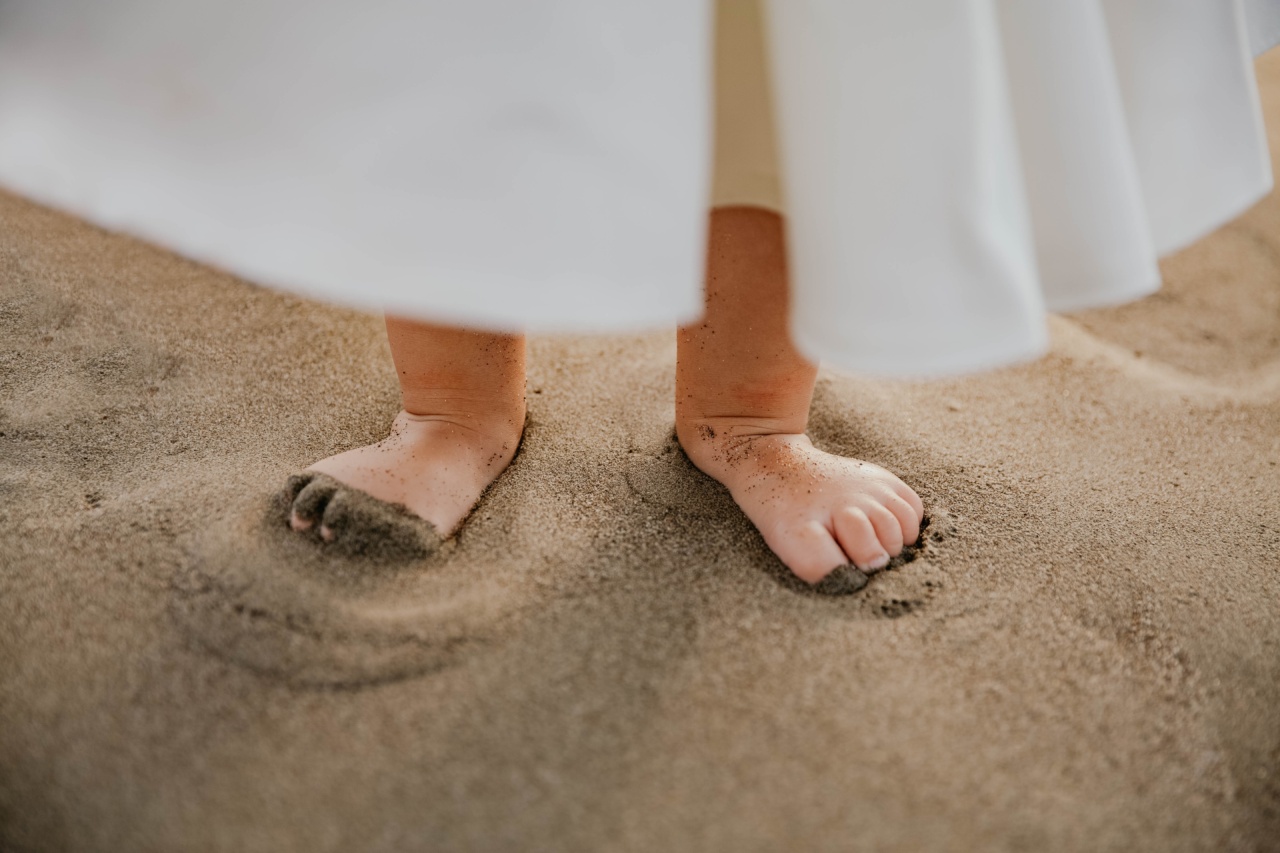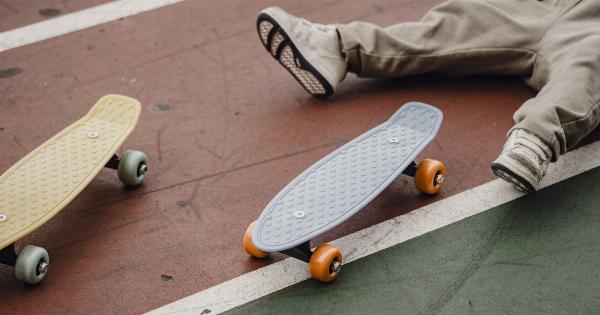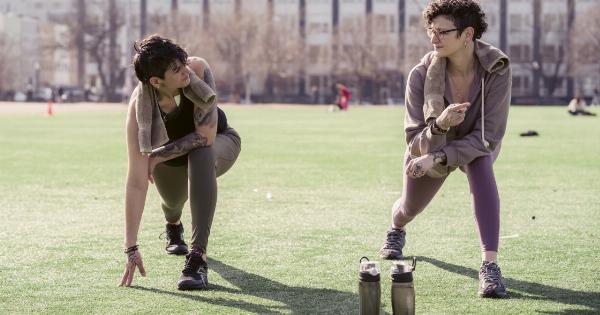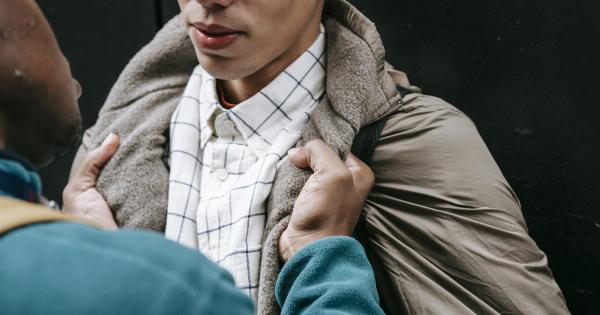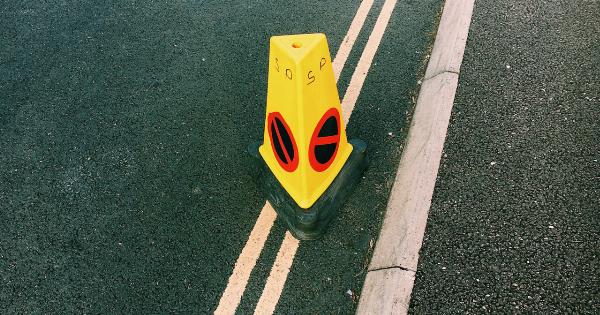Summertime is all about having fun in the sun and enjoying outdoor activities. However, with the increase in temperature, it’s not uncommon to experience leg fatigue, which can put a stop to your summer fun.
Whether it’s from excessive walking, running, hiking, or standing for extended periods, we’ve compiled some tips to help you beat summertime leg fatigue.
Stay Hydrated
Drinking plenty of water is essential to staying hydrated. Dehydration can cause your muscles to become fatigued and cramp. If you’re sweating, you’re losing fluids, and it’s important to replenish them.
Drinking water helps reduce muscle fatigue, making it easier for your legs to carry you through your activities.
Wear Appropriate Shoes
Wearing the right shoes for the right activity is crucial. Proper footwear provides support, prevents injuries, and reduces leg fatigue. When walking or standing, choose shoes with good arch support and cushioning.
If you’re hiking, wear sturdy, slip-resistant shoes with ankle support. Avoid flip flops or shoes with little support, as they can cause more strain on your legs.
Stretching
Before and after any physical activity, it’s important to stretch. Stretching helps prepare your muscles for activity and prevents them from cramping. Focus on stretching your calves, hamstrings, and quads for optimal results.
Simple stretching exercises like lunges, leg swings, and calf raises can help reduce leg fatigue after a long day of activity.
Massage
A massage is an excellent way to reduce leg fatigue and increase circulation. It can help loosen tight muscles, release tension, and promote relaxation. You can give yourself a massage using a foam roller, massage oil, or an electric massager.
For better results, consider getting a professional massage from a trained therapist.
Elevate Your Legs
After a long day of activity, it’s important to give your legs a break. Elevating your legs can help improve blood flow and reduce swelling. Lie flat on your back and prop your legs up against a wall or use a pillow to elevate your feet.
This can help reduce stress on your muscles and alleviate leg fatigue.
Cold/Hot Therapy
Cold and hot therapy can help reduce leg fatigue. Cold therapy can help reduce inflammation and swelling while hot therapy can help increase blood flow and reduce muscle tension.
You can use ice packs or a bag of frozen vegetables for cold therapy and a warm towel or heating pad for hot therapy.
Light Exercise
Light exercise like walking or swimming can help reduce leg fatigue. Engaging in light exercise can help promote blood flow, reduce muscle stiffness, and improve overall circulation.
You don’t have to participate in any strenuous activity, just simple walking or light swimming can be enough to reduce leg fatigue.
Know Your Limits
Pushing yourself too hard can lead to leg fatigue and injury. Know your limits and don’t try to overdo it. Take breaks when needed, stay hydrated, and listen to your body. If you feel tired or fatigued, take a break or stop for the day.
It’s better to rest and recover than to push yourself and end up getting injured.
Eat a Balanced Diet
A balanced diet is crucial for reducing leg fatigue. Make sure you’re getting enough protein, vitamins, and minerals. Eating a well-balanced diet can help ensure your muscles are getting the nutrients they need to function at their best.
Include plenty of vegetables, fruits, lean proteins, and whole grains in your diet.
Massaging Ointment
Massaging ointments like Tiger Balm, Icy Hot, or Biofreeze can help reduce leg fatigue. These ointments create a cooling or warming sensation that can help improve blood flow and reduce muscle stiffness.
Apply the ointment to your legs before or after physical activity to help reduce leg fatigue.
Conclusion
Leg fatigue can be an unwanted side effect of summertime activities. Fortunately, there are many ways to reduce leg fatigue and enjoy your summer to the fullest.
From staying hydrated to wearing appropriate shoes and stretching, these tips can help you beat leg fatigue and keep you active all summer long.
